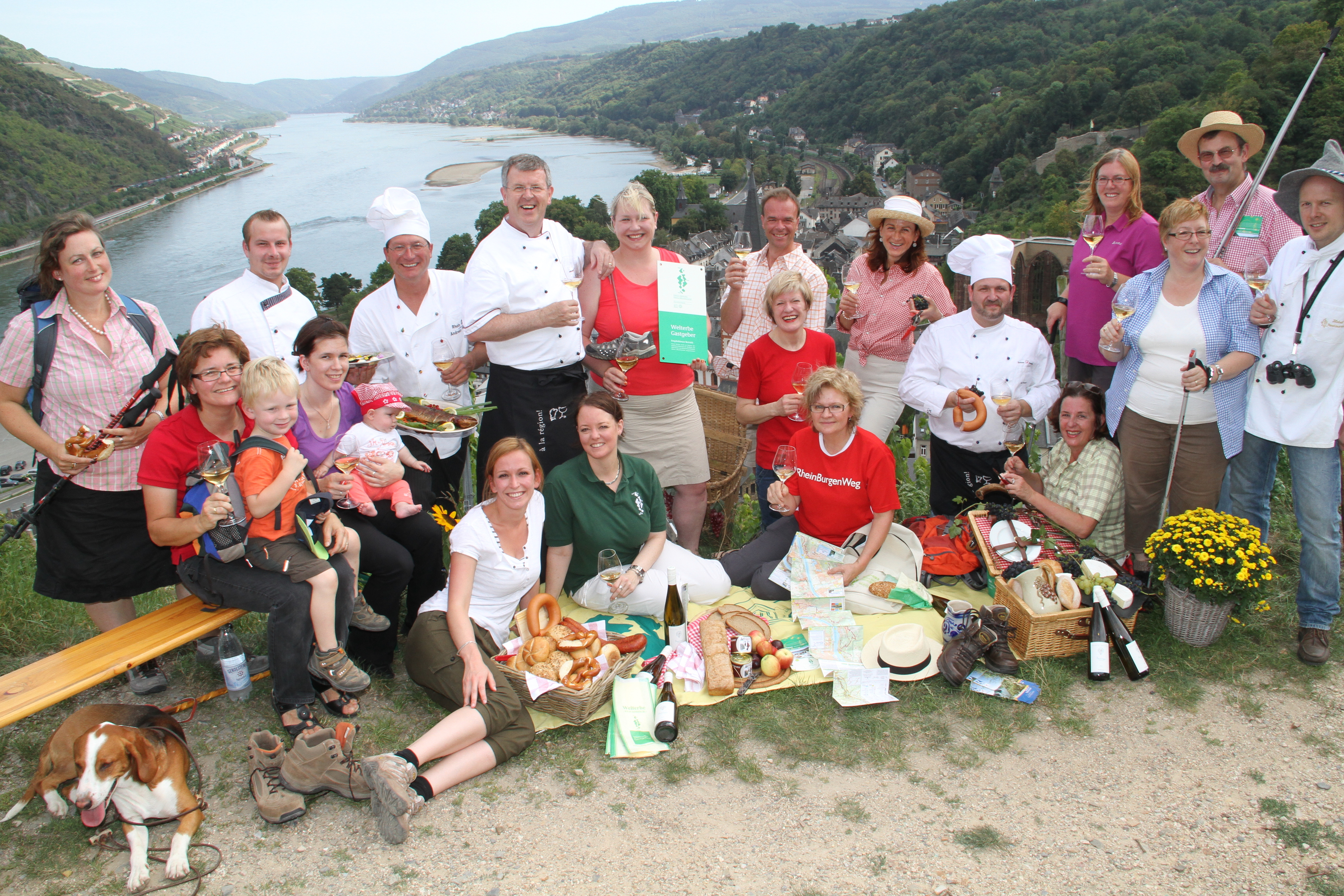For the last 60 years, a great number of rightsholders in Colombia have promoted sustainable management and biodiversity conservation of their territories beyond protected areas, even though their conservation efforts have not been recognized as important elements of climate-smart land planning and have very little governmental support.
The project’s overarching goal is to strengthen and make visible the culturally rich and socially diverse conservation and sustainable production initiatives that different Colombian actors are implementing, as a contribution to sustainable development that does not impoverish the country's natural patrimony.
As their identification as Other Effective Area-Based Conservation Measures (OECM) is an opportunity to visualize those efforts, Resnatur and partners have been working for several years in adapting the OECM identification criteria to the Colombian context together with 27 initiatives, according to the international framework.
This project contributes to the implementation in Colombia of the Convention on Biological Diversity’s Decision 14/8 of 2018 that “Encourages Parties and invites others, in collaboration with indigenous peoples and local communities, to apply … …advice on OECMs”; … “Identifying OECMs and their diverse options within their jurisdiction;”
• OECM framework allows to recognize other forms of conservation and governance.
• Capacity building is needed to apply the OECM criteria in a bigger scale.
• National authorities should be involved in the discussion on how to apply the criteria.
• More resources will be needed to identify OECMs and to monitor the biodiversity outcomes.
• OECMs must be areas maintaining high biodiversity value. There is a necessity to develop participative monitoring methodologies.
• OECMs are an oportunity to increase connectivity, effectiveness and climate change adaptation of protected areas systems.
• OECMs are key elements to Post 2020 Biodiversity framework goals.
